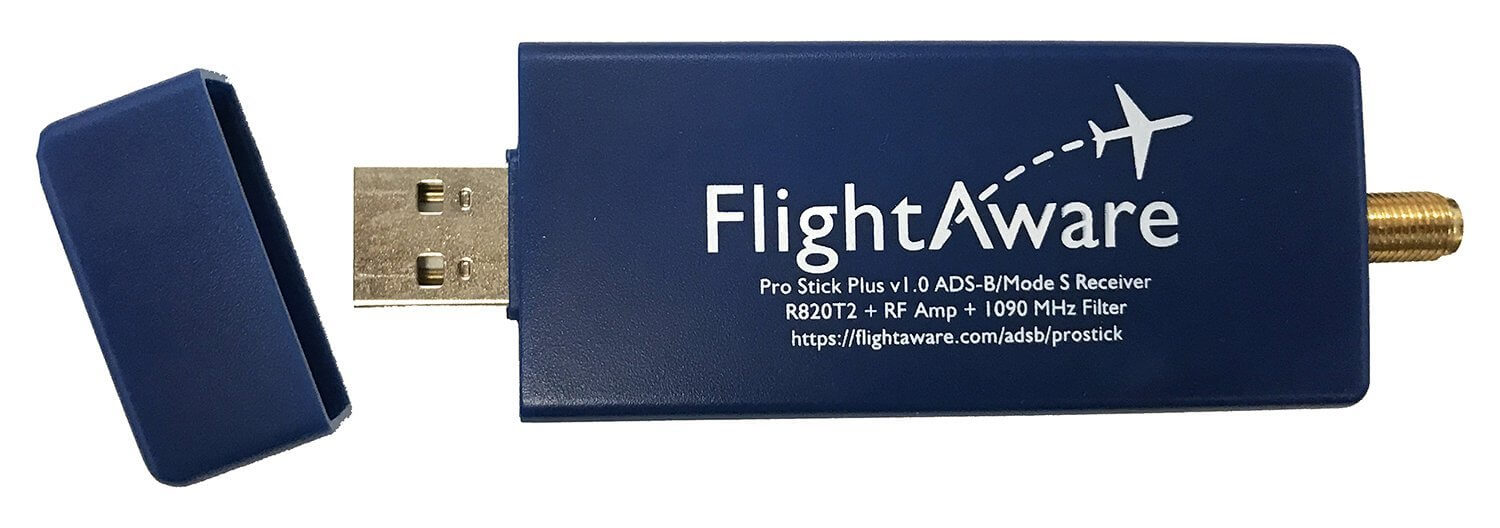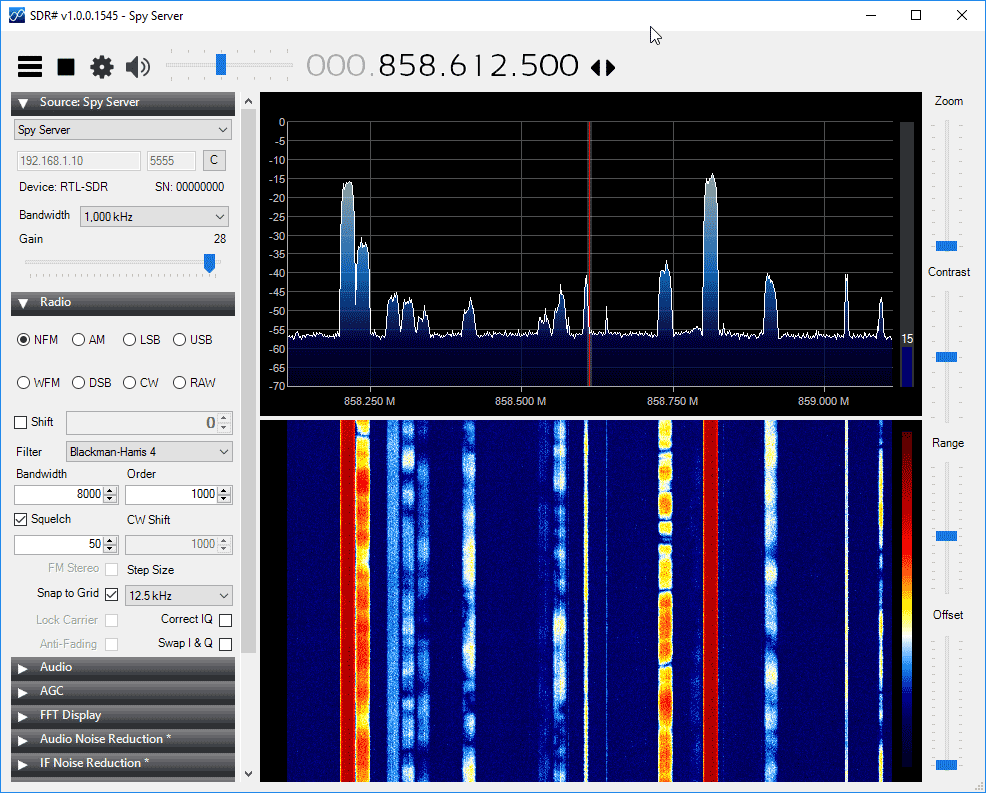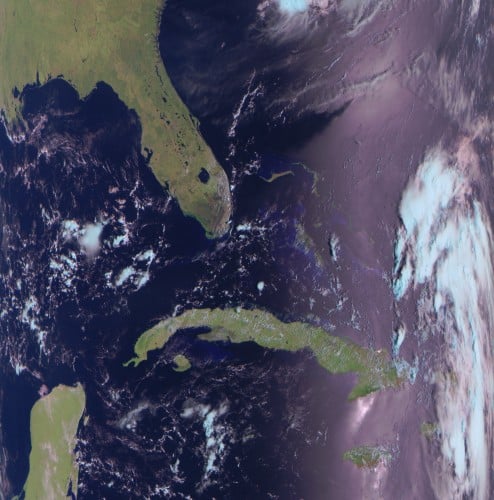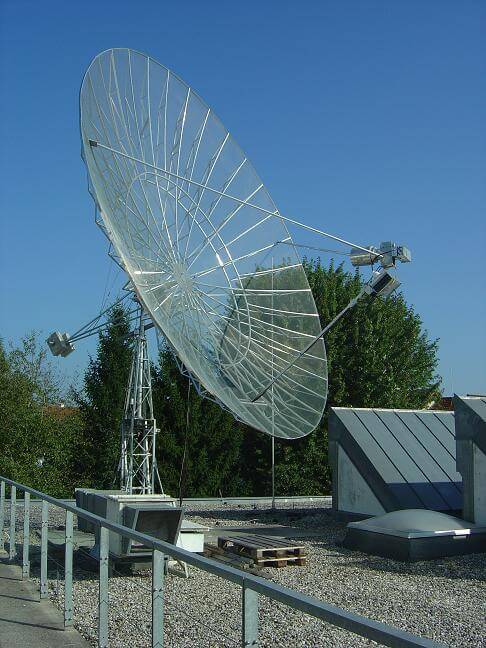A Warning for R820T2 RTL-SDR Purchases on eBay/Aliexpress etc
Just a brief warning for those purchasing the generic dongles on eBay and Aliexpress. We’ve recently heard of a number of customers having ordered generic dongles advertised as having R820T or R820T2 chips, but receiving dongles with FC0012 chips inside instead.
The R820T2 is capable of tuning from around 24 MHz to 1766 MHz, whereas the FC0012 can only tune between 22 – 948 MHz. Compared, the R820T2 is definitely the better chip.
This scam is probably happening because the price of the FC0012 is less than the R820T/2. So these sellers may be trying to cut costs and simply hoping that no one will notice the chip change since both chips are RTL-SDR compatible in the drivers. You can check what tuner chip you have either with rtl_test, or simply by reading the markings on the chip itself.
In addition we have also recently seen several scammer bots on eBay pop up who are selling our own RTL-SDR Blog V3 dongles at very low prices. These sellers are typically automated bots that mass copy popular listings, and undercut their price hoping to grab a few fake sales before disappearing. They usually have zero feedback, or a small amount of feedback from purchases made from the account, and they price the product extremely low, typically even below the manufacturing cost. Most likely you will never see a product from them and they will simply disappear from eBay after a few days. This has already happened to one scam seller that we have been tracking, although before they disappeared they had already made 80+ fake sales.




